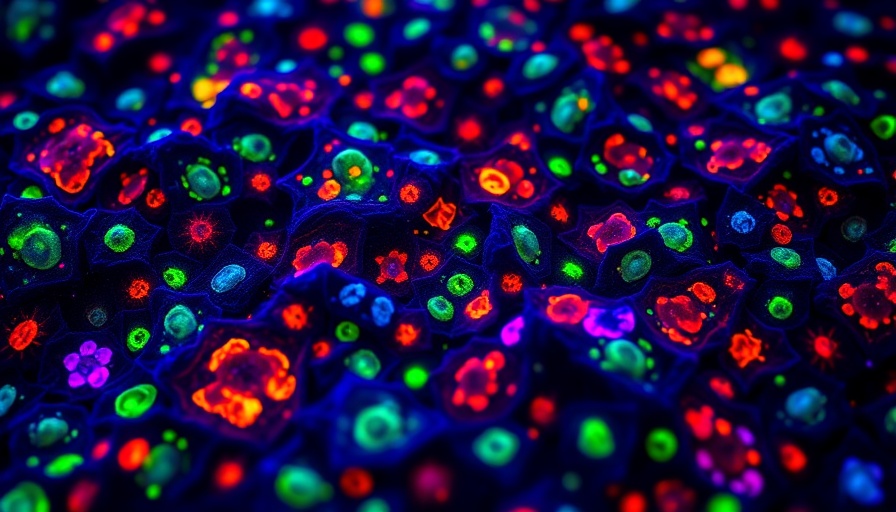
Unveiling Neurogenesis: A Glimpse into Adult Brain Plasticity
Recent advancements in neuroscience have led to groundbreaking discoveries regarding neurogenesis—the process of forming new neurons—in the adult human brain. A new study published in Science highlights the presence of neural progenitor cells in the adult hippocampus, suggesting that our brains may not be as static as once thought. This development has opened up new avenues for understanding brain health and recovery, especially in older adults.
The Role of Machine Learning in Neuroscience
Employing cutting-edge machine learning techniques, researchers were able to identify previously elusive progenitor cells in the dentate gyrus of the hippocampus—a critical area involved in memory formation and spatial navigation. By using single-nuclei RNA sequencing, they isolated these proliferating cells and fed their transcriptomic signatures into a machine-learning algorithm. This innovative approach marks a significant advancement over traditional methods, which often rely on markers developed from studies in rodents. As a result, the study effectively showcases how technology can unravel hidden complexities in human biology.
Debate Continues: Are Neural Progenitors Significant?
Despite these promising findings, skepticism remains within the scientific community. Prominent neuroscientists like Juan Arellano from Yale University express concerns regarding the functional relevance of these progenitors. While the study indicates their presence, the rarity of these cells raises questions about their contribution to neuroplasticity and overall brain function in adults. Arellano notes that the identification of such cells through machine learning doesn’t equate to their significance in neural circuitry. This ongoing debate indicates that while technology is advancing, biological mysteries still provoke differing opinions among experts.
Historical Context: The Evolution of Neurogenesis Research
The idea that the adult brain can produce new neurons is not entirely new; it traces back to studies in the late 1990s. Researchers first documented this phenomenon using synthetic nucleosides, followed by various advanced techniques like carbon dating and lineage tracing. However, findings that suggested a significant decline in neurogenesis as one ages cast doubt on the extent to which new neurons play a role in adult brain functionality. As new methods emerge, they challenge long-standing beliefs and encourage a reevaluation of existing data.
Future Perspectives: Implications for Mental Health
Understanding neurogenesis is becoming increasingly relevant as we face rising mental health challenges globally. There’s a burgeoning interest in how stimulating neurogenesis could potentially enhance treatment strategies for conditions such as depression and anxiety. If progenitor cells are indeed able to regenerate neuron populations, it opens up possibilities for therapeutic interventions that harness this ability. As neuroscientists continue to unravel the mechanisms of these processes, the implications for improving mental health outcomes could be profound.
Conclusion: A New Era in Neurological Understanding
The revelation of neural progenitor cells in the adult human brain, supported by machine learning methodologies, ushers in an exciting age of neurological research. While skepticism persists regarding their functional importance, ongoing studies promise to deepen our understanding of brain plasticity over a lifetime. As research progresses, we may uncover new ways to promote brain health—not just for the aging population but for individuals of all ages.
In conclusion, the intersection of advanced technology and neuroscience holds the potential to reshape how we view our brains and their ability to adapt and heal. It's an exciting time for both researchers and advocates of mental health as they explore the vast possibilities that lie ahead.
 Add Row
Add Row 

 Add
Add 


Write A Comment